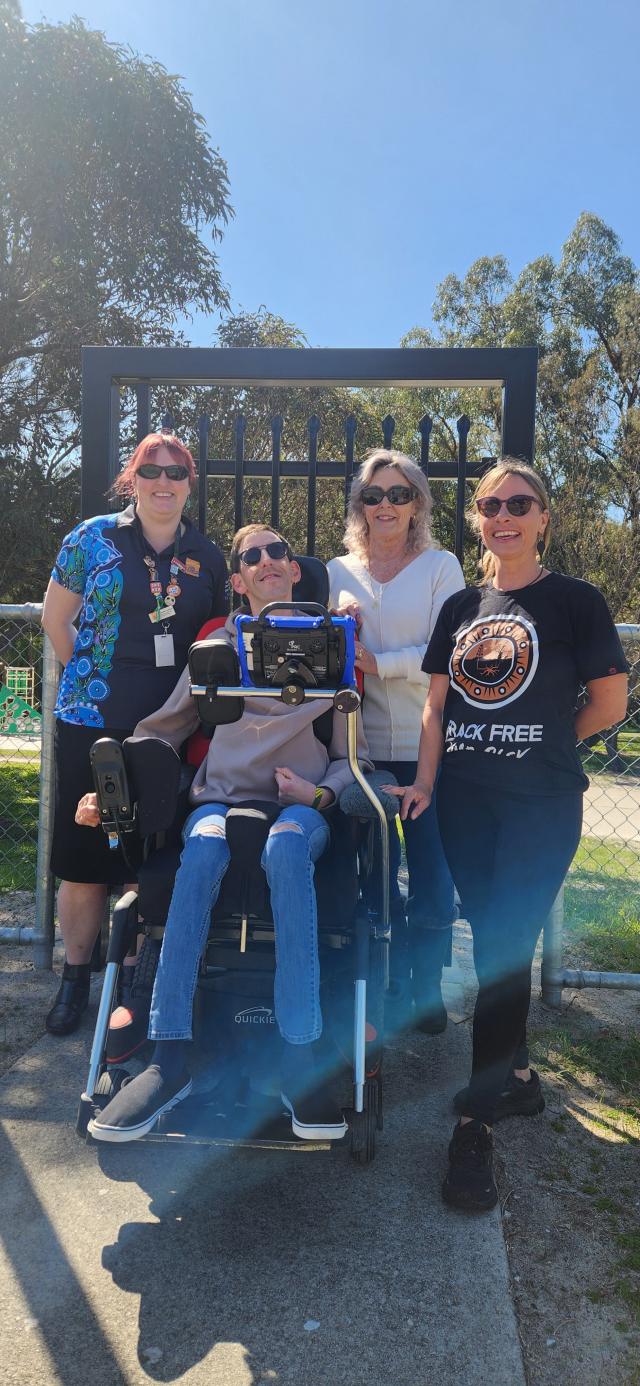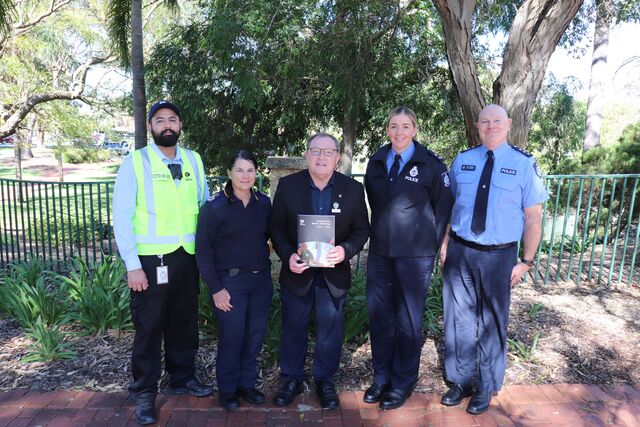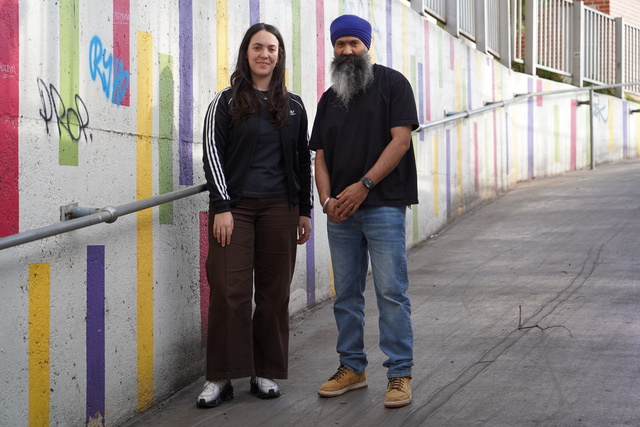The change of format for the 18th Institute of Municipal Management National Congress, held recently in Canberra, was certainly endorsed by delegates. National President, Jon Edwards, said that the 36 sessions in the program, streamed into the areas of governance, management and career, provided ‘an opportunity for delegates to check their toolkits for success in 2005’. The Congress theme was ‘Success 2005 Mapping Your Path’.
Keynote speaker Alan Patching, Chief Executive of Tower Hill Investment Managers, said that to ensure success in 2005 we must understand the importance of organisational culture, and how it can either carry us forward or hold us back. “Culture is a collective attitude,” Alan Patching said.”
The role of a CEO is to lead the people we deal with to make a split second collective decision to change.” He said the key to this is to make sure people understand why we need to change. In a survey of companies, the eight percent that were the most successful in bringing about change averaged 118 separate messages to staff about the change process, while those least successful averaged just 17 messages.
Alan Patching spoke of the need to innovate. He said you do not have to be creative to be innovative, we can use the following three ways to be innovative.
- Extension – take an idea from elsewhere and modify it to meet our own needs.
- Replication – take up an outside idea in toto.
- Synthesis – find new ideas.
Melbourne City Council, in its recent move to a ‘Best Value’ model provides an example of extension. In the Management session on Best Value, Michael Malouf, CEO at Melbourne, outlined how his Council has taken the UK approach to this concept and moulded it into what best suits Melbourne’s needs.
“We recognise there are significant differences in the scope of operations of Local Government in Australia and the UK, and that it would be foolish to try to transplant the UK model to the Australian scene,” Michael Malouf said. At Melbourne City Council, ‘Best Value’ is now seen as the key organisational reform to take it into the 21st century.
“Best Value is a robust decision making framework that enables you to make sure everything you do is best value and to prove that to the world,” Michael Malouf said. He described Melbourne’s model as a decision making framework or toolkit for assessing the relevance, effectiveness and efficiency of each service, and techniques for measuring and improving performance.
With ‘value’ a function of both quality and cost, he said that ‘value’ is also a subjective assessment that the consumer and market make about the overall worth of a product or service. However, he added that value is a moving target and we must be continually monitoring to ensure people’s values have not shifted and that they are still satisfied.
“As long as a product is relevant, value can always be added,” Michael Malouf said. “Local Government has been good at driving up quality and down costs.” He said that the key is putting in place a means for measuring the costs and quality of a service, and then being able to demonstrate this to stakeholders, that they are in fact getting ‘Best Value’.







